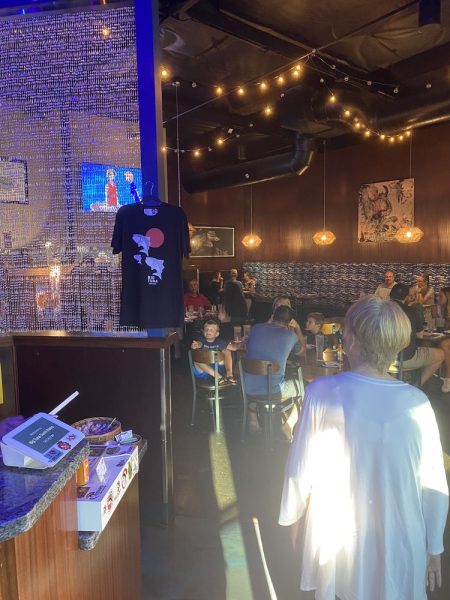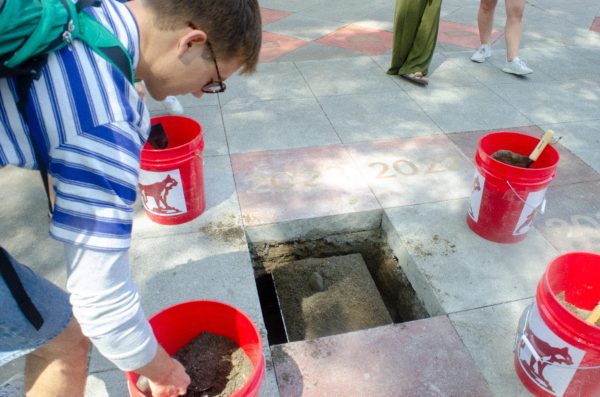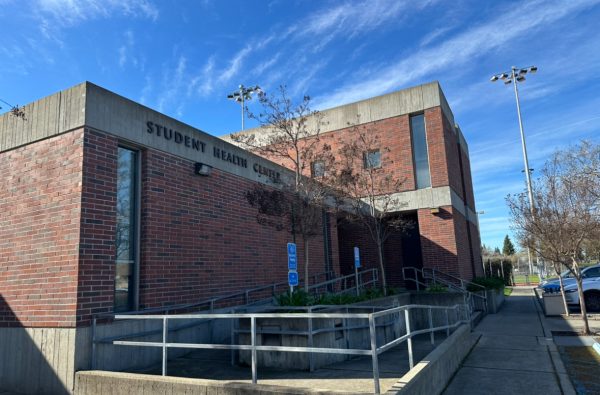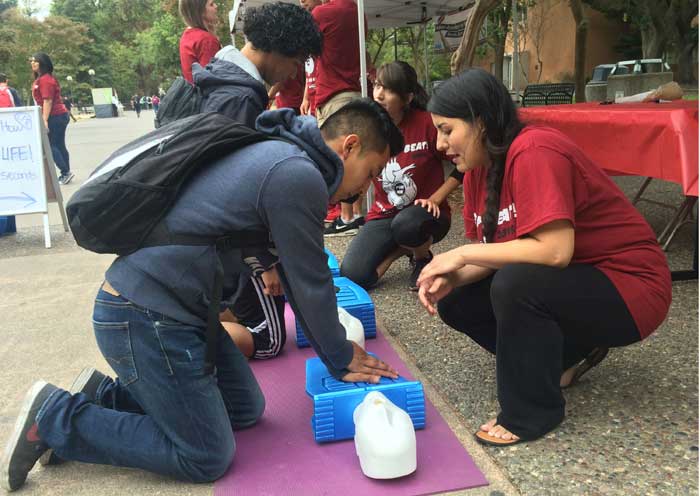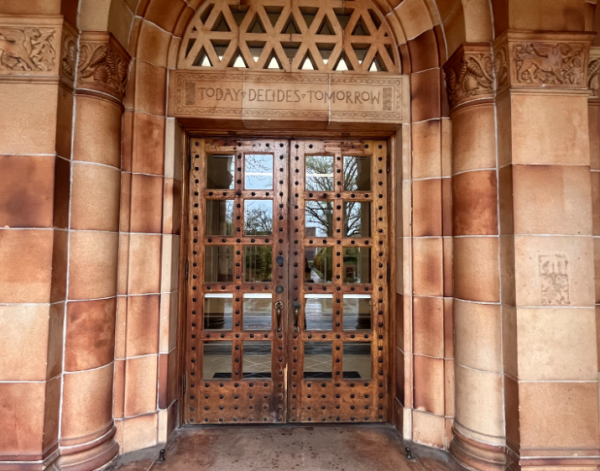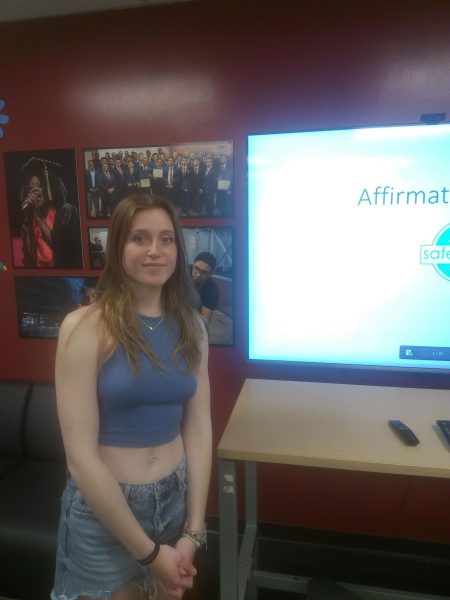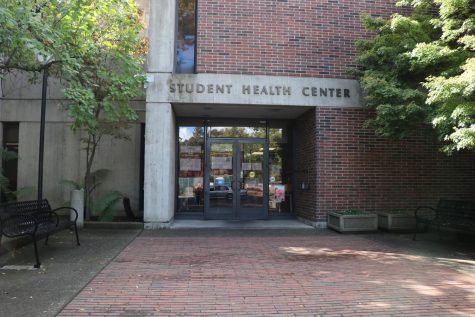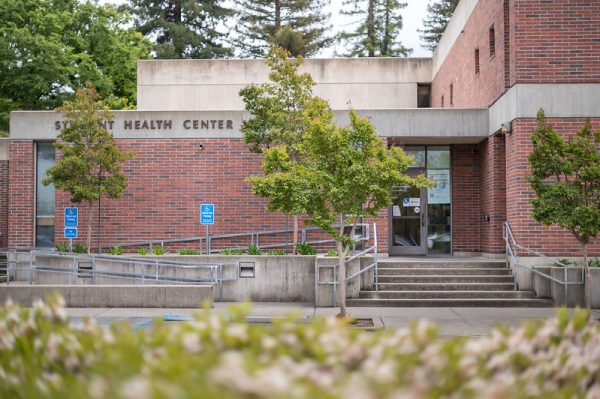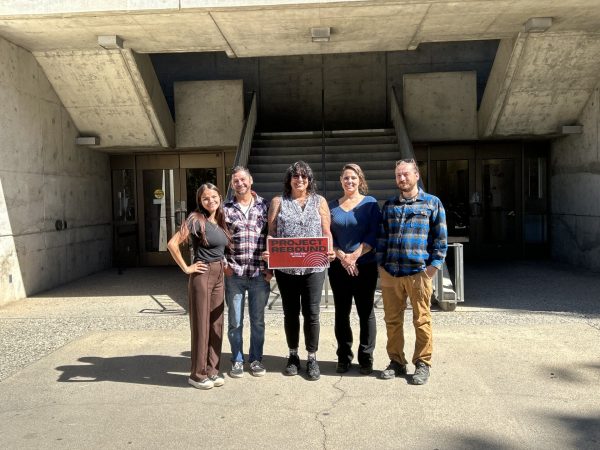Federal data reveals student debt, income
Chico State students who get federal loans will leave the school with $16,500 in debt on average, according to new data released by the federal government.
The data also shows that compared to other schools in the CSU system, Chico State is near the bottom of the pack when it comes to student earning potential. Students who receive federal aid will earn an average of $45,100 10 years after entering the university.
Last month, President Barack Obama announced the launch of a new database that helps students find information on more than 7,000 colleges and universities nationwide. Involving 15 years of data, the new College Scorecard shows how much graduates earn, how much debt they will graduate with and what percentage of them can pay back their loans.
Jackie Castellanos is one Chico State student who worries about her debt.
Out of high school she attended UC Davis. A Pell Grant recipient, she received scholarships and accepted federal loans to pay for classes. Eventually she graduated with a bachelor’s degree in psychology, but decided against pursuing a career as a psychologist.
“You can get a job but it’s not going to be in the field you want,” said Castellanos, now a senior in the nursing program. “If you’re going to get a job in the field of psychology, you have to have a master’s degree or above.”
Castellanos changed career paths, took classes in community college and transferred to Chico State. No longer Pell Grant-eligible, she accepted more federal loans to continue her education.
Upon her second graduation, Castellanos said she expects to have about $50,000 in federal student loan debt.
Chico State officials strive to help students succeed financially, but there is room for improvement, said Dan Reed, director of the Financial Aid and Scholarship Office.
There is currently no financial literacy program available to every student on campus.
Occasionally Chico State gets approached by third-party vendors offering to develop these programs, Reed said.
“We’ve gotten some ideas, but we haven’t had the resources, budget or people to actually launch a program,” he said.
The director said his office is not understaffed, but as the population of needy students increases so does the need for more support services to help them.
“There’s got to be an adjustment made,” he said.
The Chancellor’s Office— essentially the CSU system headquarters located in Long Beach— has been working with Chico State to make improvements to financial aid services.
Any student looking for financial literacy information can find it in the Financial Aid and Scholarship Office, Reed said.
According to data from 2013, of Chico State’s 15,106 undergraduates, 45.2 percent accepted federal loans and 38.9 percent received Pell Grants.
Earning potential
Although the average income for students 10 years after entering Chico State was $45,100, more than one in five students earned less than $25,000, which is similar to the average income of people who never graduated high school.
Compared to other students in the CSU system whose campuses vary in a range of categories including diversity, rate of admission and number of undergraduates, Chico State students had the fifteenth highest income.
Graduates of California Maritime Academy had the highest average income of $81,000. Humboldt State University students had the lowest average income of $36,200.
Chico State students earned more than the national average making $34,343 a year.
Debt upon graduation
Chico State students graduated with an overall average federal debt of $16,500, while Pell Grant recipients had $15,105 and dropouts had $11,596.
These figures are minimum amounts, because students could also have private loan debt, which is not accounted for in the data.
For most debt among CSU system, Chico State students tied for 12th with students from Fresno State and Cal State Stanislaus. California Maritime Academy students graduated with the most amount of debt with $26,000. Cal State LA students graduated with the least amount of debt averaging $14,125.
Among Pell Grant recipients, Chico State students ranked the ninth most in debt.
Payback rates
To put the payback rate in context, The Orion used a news app created by ProPublica, a non-profit investigative newsroom. The app inverts the repayment rate as a non-repayment rate.
Three years after graduation, Chico State’s students overall had a non-repayment rate of 13.7 percent. Pell Grant recipients had a non-repayment rate of 15.8 percent.
The default rate for Chico State students overall was 7.6 percent.
While Chico State students had the 70th highest rate of non-repayment, Cal State Dominguez Hills students had the highest of 30.2 percent. Cal Poly San Luis Obispo students had the lowest with 5.4 percent.
Chico State’s Pell Grant recipients tied for the 16th highest non-repayment rate with San Diego State. Pell Grant recipients at Cal State Dominguez Hills and Cal Poly San Luis Obispo had the highest and lowest rates of 33.8 percent and 7.2 percent, respectively.
In May 2016, millions of college students will graduate. Many of them will have federal student loan debt.
Castellanos said that although having debt is stressful, she is going to feel “awesome” when she graduates.
“I think it’s worth it,” she said.
In California, the median income for registered nurses is more than $90,000.
Castellanos said once she earns her second bachelor’s degree and lands a job as a nurse, her stress will subside.
“Honestly,” she said, “I think can pay it off in two years.”
Others with debt may not be so optimistic.
Gabriel Sandoval can be reached at [email protected] or @GLuisSandoval on Twitter.
